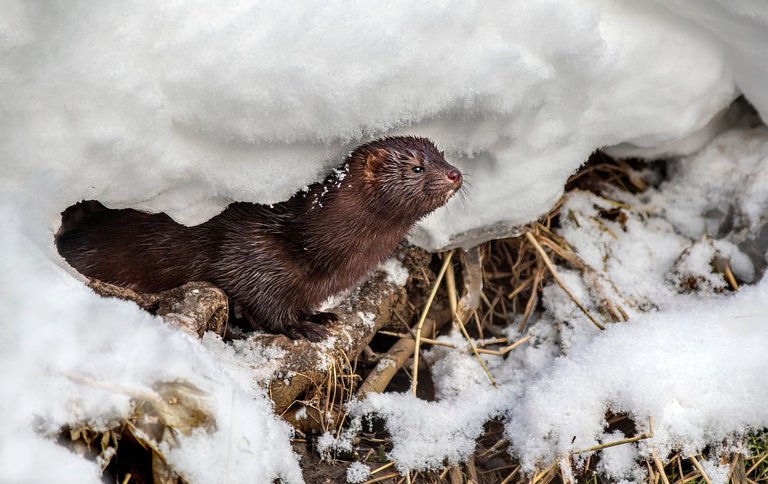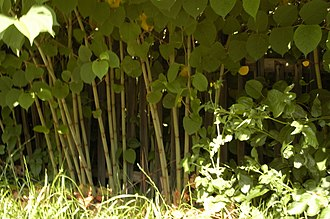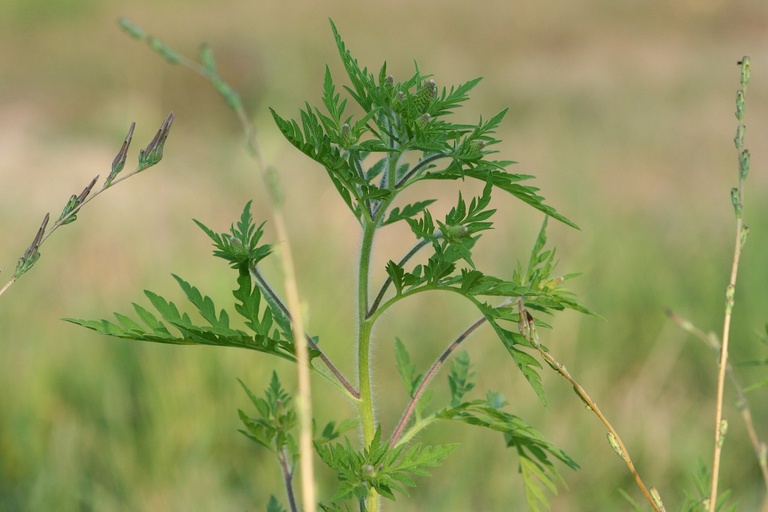🐾 Hello to all animal lovers (and others)! 🐾
Today I would love to touch on a sensitive however essential topic - invasive species in Germany. Amidst picturesque landscapes, wealthy biodiversity and punctiliously maintained parks, the trouble of invasive plant and animal species is turning into increasingly crucial. Let's take a look at collectively the challenges they pose to German ecosystems and people.
Invasive species are plant life or animals which can be foreign to an ecosystem and begin to reproduce and spread, disrupting present atmosphere systems. They are often added via human beings, either deliberately or accidentally, and their growth could have severe consequences for the environment.
The American mink (Mustela vison), native to North America, is one of the maximum arguable invasive species in Germany. It seems cute, but its presence negatively affects local populations of waterbirds and other flora and fauna. The mink poses a severe threat to local species, along with the indigenous German European otter.

Sika (Cervus nippon): Sika deer, local to Asia, had been brought into Germany for looking purposes. However, their population has grown swiftly, and the results of this invasion are major inside the forests, wherein they compete for food with local deer species which includes roe deer. The result is a trade in wooded area structure and a decline in biodiversity.

Japanese hogweed (Fallopia japonica): This plant, additionally known as Japanese weed, is an competitive species which can quick conquer herbal regions, displacing native plant species. Its growth results in a lack of biodiversity, and the roots of this weed can motive harm to infrastructure.

Ambrosia (Ambrosia artemisiifolia): Native to North America, ragweed has emerge as a extreme problem in Germany. Its pollen is a effective allergen, posing a hazard to public fitness. In addition, ragweed competes with neighborhood plants, leading to habitat degradation.

Invasive species introduce an imbalance inside the environment. They can cause the extinction of local species, decreased biodiversity, modifications in habitat shape and severe fitness problems for human beings.
In the case of animal invasions, opposition for meals and habitat with nearby species can cause population lack of local animals. As a end result, ecosystems come to be less resilient to environmental adjustments, with a ways-achieving outcomes for his or her balance.Invasive vegetation, in turn, can remodel the landscape, displacing local vegetation and growing so-called "organic deserts." This influences surroundings services which includes water retention and oxygen production, which in turn influences the complete natural gadget.
Germany is taking strict measures to control invasive species. Monitoring programs, environmental education and interventions to govern populations of invasive animals and flora are a regular feature of German environmental coverage. However, regardless of those measures, the hassle remains difficult to clear up. German scientists and environmentalists are working to expand greater effective techniques for dealing with invasives, but the scale of the trouble and its dynamic nature pose demanding situations.
Own Reflections on Invasive Species
Looking at invasive species from the perspective of an animal lover, I experience worried about how human beings can inadvertently have an effect on the delicate balances of ecosystems. At the same time, I see how important the position of environmental training and sustainable management is in conservation.
Although combating invasive species is a difficult project, Germany is proving that strict regulation, scientific studies and public involvement can assist manipulate the consequences of invasions. I accept as true with that awareness of the problem is step one towards extra powerful strategies to defend our ecosystems.
I look forward to hearing your critiques and reviews with invasive species. What steps is your network taking to fight this mission?

